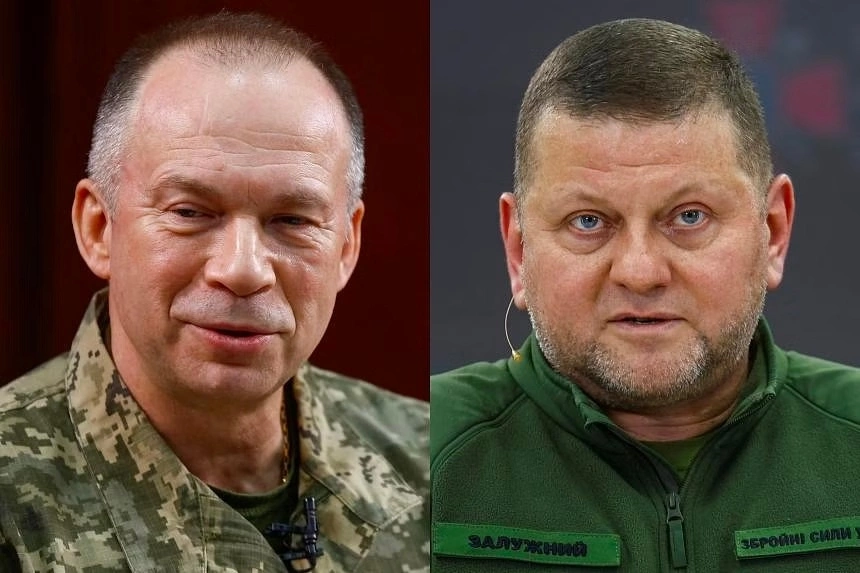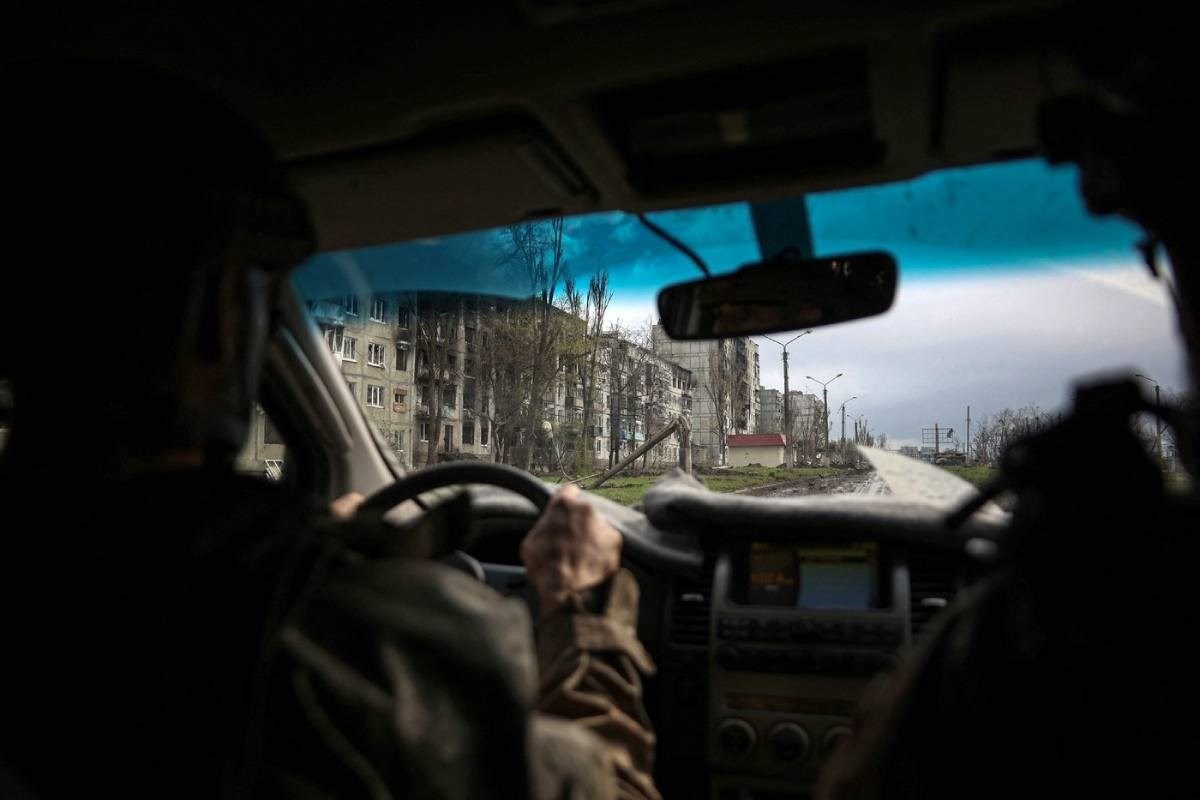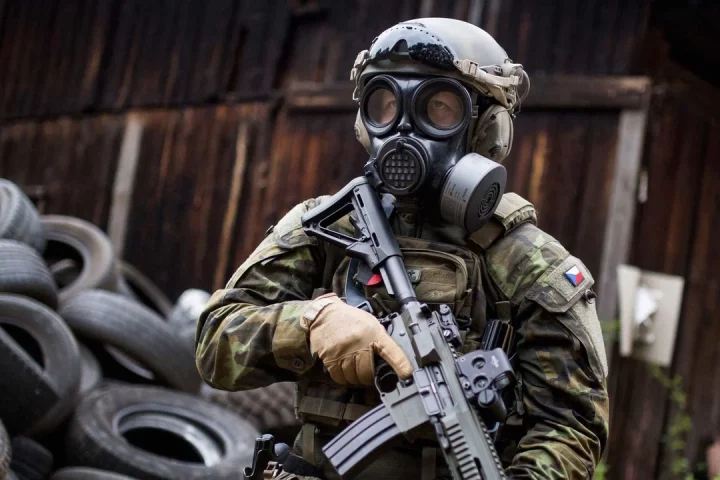The New York Times recently published a revealing article titled The Secret History of the Military Conflict in Ukraine, shedding new light on how Ukraine planned and executed military operations against Russia. The report dives deep into behind-the-scenes intelligence cooperation between Ukraine and the United States, emphasizing the role of high-ranking officials from both countries. It also confirms that an intelligence-sharing agreement between Ukraine and the U.S. was signed in Wiesbaden in April 2022.
Disagreements Between U.S. and Ukrainian Military Leadership
While many Ukrainian operations were carried out with American support, the idea that the U.S.—or the CIA—directed every move is misleading. One clear example is the Ukrainian incursion into Russia’s Kursk Oblast. This unexpected move surprised American officials and drew criticism at the time, though growing evidence, highlighted by The New York Times, suggests it was a Ukrainian decision taken without U.S. consent.
Beyond Kursk, other key operations exposed divisions between U.S. and Ukrainian military leaders. The most notable was Ukraine’s offensive in the Kherson region in 2022. Reports suggest that American officials pressured Kyiv to be more aggressive on the right bank of the Dnipro River during the fall campaign.

The U.S. and the U.K. even pushed for the replacement of General Kovalchuk, who was leading the charge toward Kherson. After Ukrainian forces liberated the city, there were expectations of a continued offensive across the river. However, Ukraine lacked the resources to advance further.
Zaluzhny’s Strategic Warnings and the Risk of Nuclear Escalation
General Valerii Zaluzhny opposed expanding the offensive beyond Kherson. Instead, he proposed cutting off Russian supply lines in the Zaporizhzhia region—specifically around Melitopol—to divide Russian forces and encircle them. Intelligence from the Pentagon suggested this maneuver carried immense risk. If successful, Ukraine could have trapped up to 300,000 Russian troops, a scenario that U.S. officials feared might provoke a nuclear response from Moscow.
Zaluzhny vs. Milley: A Communication Breakdown
This period also marked rising tension between General Zaluzhny and U.S. General Mark Milley. According to the article, Zaluzhny often ended conversations when Milley disagreed with Ukraine’s requests for weapons. In response, the Pentagon created a more structured and indirect communication channel to maintain the dialogue.
In 2023, disagreements deepened when Ukraine launched a highly anticipated offensive that ultimately failed. According to The New York Times, the strategy developed in Wiesbaden was derailed by internal political rifts in Kyiv. President Volodymyr Zelensky clashed with General Zaluzhny, who in turn had strained relations with his subordinate, General Oleksandr Syrsky—who would later succeed him.
General Syrsky’s Appointment and the Bakhmut Strategy
President Zelensky ultimately sided with General Syrsky, who prioritized defending the eastern city of Bakhmut. This decision consumed a large portion of Ukraine’s limited military resources and is widely regarded as one of the key reasons the 2023 offensive failed.
Initially, Ukraine delayed the main offensive while awaiting Western weapons deliveries. This pause allowed Russia to reinforce its defenses. Instead of deploying 12 brigades to the Melitopol axis as planned, only seven were sent. Five were redirected to Bakhmut, where Syrsky launched an assault campaign with the goal of reaching Luhansk. Neither operation succeeded, and Ukraine suffered significant losses. Zaluzhny was dismissed, while Syrsky was promoted to lead the Ukrainian Armed Forces.
“If We Had Five Brigades, Bakhmut Would Have Been Liberated”
In a recent interview with the Ukrainian outlet Left Bank, General Syrsky addressed The New York Times article and disputed claims about the scale of Ukrainian forces deployed in Bakhmut. He insisted only two brigades—not five—were involved.
“If we had five brigades, I believe Bakhmut and Soledar would have been liberated,” Syrsky stated.
He explained that Ukrainian commanders recognized early on that they lacked sufficient forces but hoped to achieve a breakthrough by exploiting surprise. They believed Russian defenses were unprepared, and bold actions might succeed. Ultimately, Syrsky admitted that Ukraine lacked the manpower and firepower to achieve its objectives.
He also referenced Zaluzhny’s 2023 assessment that the frontlines had reached a “stalemate”—a state of attritional warfare reminiscent of World War I, where neither side could gain ground due to technological parity.
Syrsky Confirms the “Adventure” at Bakhmut
In a notable admission, General Syrsky indirectly confirmed that the Bakhmut campaign was a military gamble—an “adventure” carried out without adequate resources or preparation.
Whether Ukraine committed two or five brigades, one fact is clear: there were sharp disagreements within Ukraine’s military leadership and with U.S. advisers over the allocation of forces. The costly focus on Bakhmut likely cost Ukraine its best opportunity for a successful counteroffensive in the Zaporizhzhia region.
Ukraine’s Diminishing Prospects of Reclaiming Occupied Territories
Following the fall of Bakhmut and the failed Zaporizhzhia offensive, Ukraine’s chances of reclaiming occupied territory in the near term have dwindled. Public morale has shifted, and Western military support—particularly from the United States—has decreased significantly.
Although Ukraine has transitioned part of its economy to a wartime footing and increased domestic arms production, it remains heavily dependent on Western aid. European assistance alone has proven insufficient to sustain large-scale operations or regain momentum on the battlefield.
Kyiv’s Independent Decisions and Mobilization Struggles
While Russia continues to bolster its army—adding 8,000 to 9,000 new troops monthly through conscription and retention bonuses—Ukraine struggles with mobilization. General Syrsky acknowledged that Kyiv needs to recruit around 30,000 new soldiers each month, a goal that remains difficult to achieve.
Looking back, it becomes evident that Ukraine often made political and military decisions independently, sometimes without full alignment with U.S. strategy. Despite claims that Kyiv followed Washington’s lead, The New York Times article and subsequent statements suggest otherwise—Ukraine frequently pursued its own course, even when it diverged from American advice.









